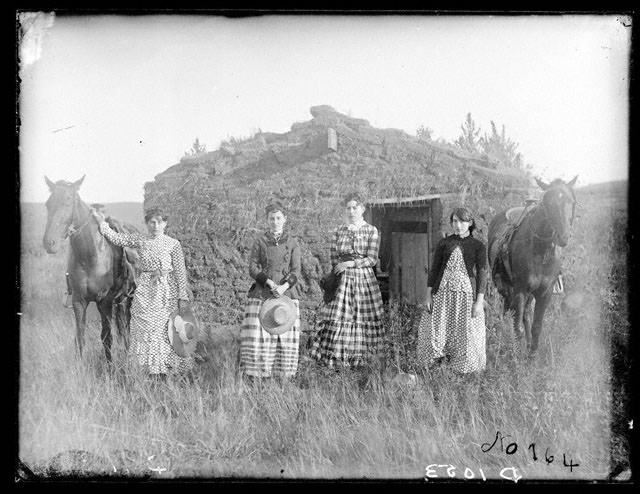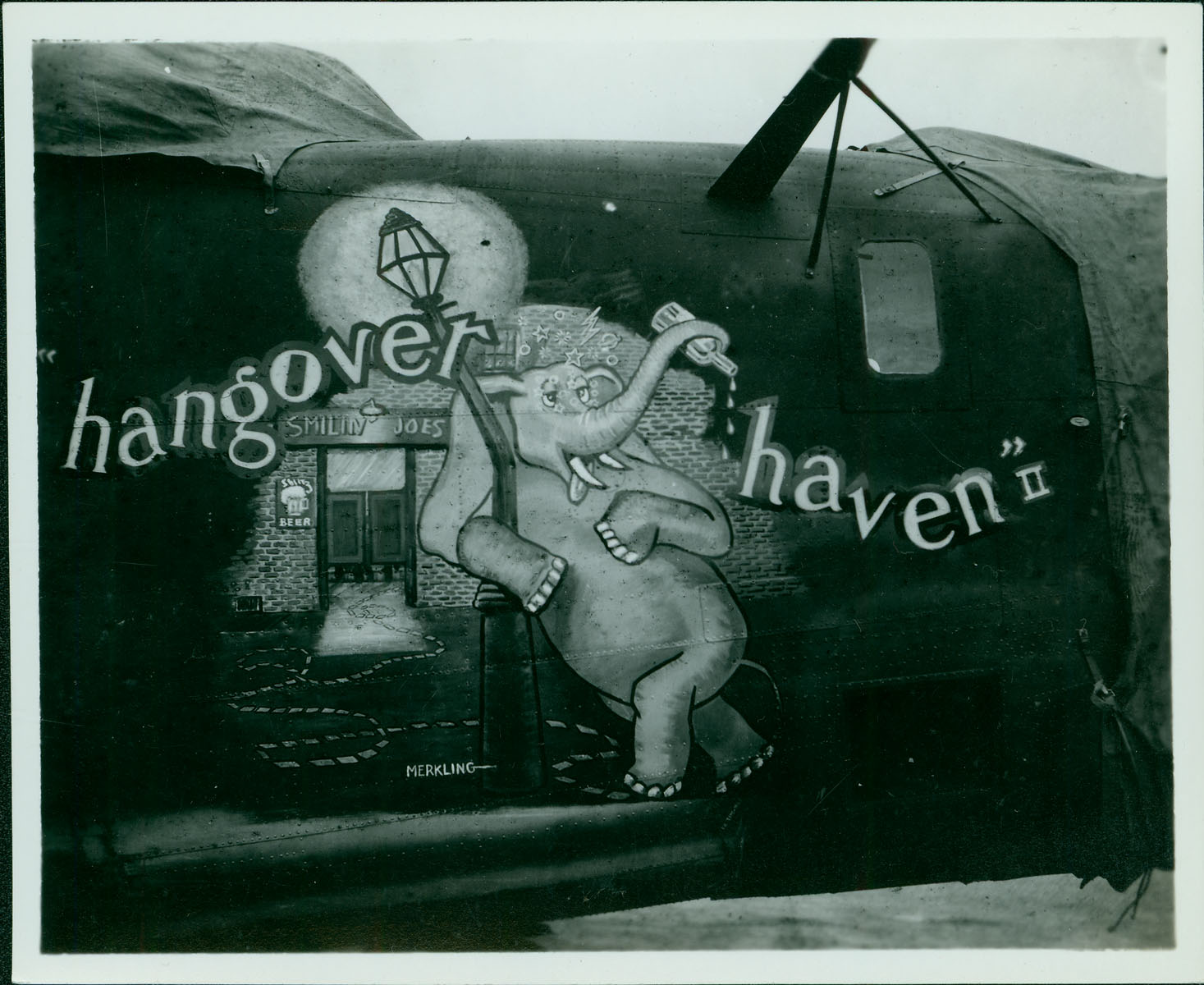The treasures preserved within the History Nebraska Collections and Archives tell many amazing stories. Here are a few of our favorite:

Doing Hard Time: Historic Nebraska Mug Shots
The Nebraska State Penitentiary used photography beginning in 1867 to record the likeness of the state’s most infamous residents. The Omaha police photographed suspects when arrested. Whether the people depicted were guilty or innocent, behind every photograph is a human story. This glimpse back at some of the thousands of photographs in the Nebraska State Penitentiary and Omaha Police Court Collections at History Nebraska and their accompanying tales offer insights into how earlier Nebraskans ran afoul of the law, and how some attitudes about crime and punishment may have changed.
Revealing History: Using Digital Technology to Learn More about our Past
Digital technology is shedding new light on previously hidden information. Nebraska photographer Solomon D. Butcher produced, over the course of nearly forty years, a record of the European settlement of the Great Plains that is both unique and remarkable. These photographs have been used for more than fifty years to study the homesteading experience. Advanced digital imaging technology is now offering a way to see these photographs like they’ve never been seen before.
Solomon D. Butcher Photograph Collection
Nebraska photographer Solomon D. Butcher produced, over the course of nearly forty years, a record of the settlement of the Great Plains that is both unique and remarkable. Born in 1856 in what was to become the state of West Virginia after the Civil War, Butcher came with his family to the plains of Nebraska in 1880.
Robert Merchant Photograph Collection: A Nebraskan Aerial Photographer’s Experience in the Pacific During WWII
Robert Auker Merchant (1920-2008) at age 22 became a staff sergeant with the 90th Bomb Group (the “Jolly Rogers”) in the United States Army Air Forces. He served from 1942-1945. The 90th Bomb Group operated predominately in the Southwest Pacific (Australia and New Guinea) as a B-24 Liberator heavy bomber unit assigned to the Fifth Air Force. Merchant worked as an aerial photographer, documenting several attacks, battles, and rescue missions while in air and while on the ground. He also captured B-24 nose art and wrecked Japanese warplanes.
French Gratitude Train or Merci Train: A Selection of Objects from the Nebraska Boxcar
World War II brought devastation to France. In 1947 Washington, D.C., columnist Drew Pearson initiated a friendship train, funded entirely through personal donations, which provided $40 million worth of supplies to help France recover. To show their appreciation French citizens gathered forty-nine boxcars, decorated with plaques representing the forty provinces of France, and filled them with gifts for Americans. This “Gratitude Train” or “Merci Train” arrived in New York City in February 1949, with a boxcar designated for each state (the District of Columbia and the territory of Hawaii shared a boxcar).

Saving Memories
Hide paintings and ledger drawings, diaries, autograph albums, scrapbooks, photograph albums, memory quilts, and home movies from the collections of the Nebraska State Historical Society.

Thomas Berger Johnson Collection
Thomas B. Johnson was born in Omaha, Nebraska to parents of Swedish extraction. In early childhood he displayed a talent for drawing which he continued to refine throughout his life. At his death in 1968, Thomas Johnson left behind more than 40 canvases, many block prints, and numerous pencil drawings. The latter include a series intended to illustrate a “Hymnal for Black Americans,” and another based on American Indian mythology. Several pieces of metal sculpture are considered by many to be his best work.







